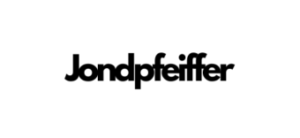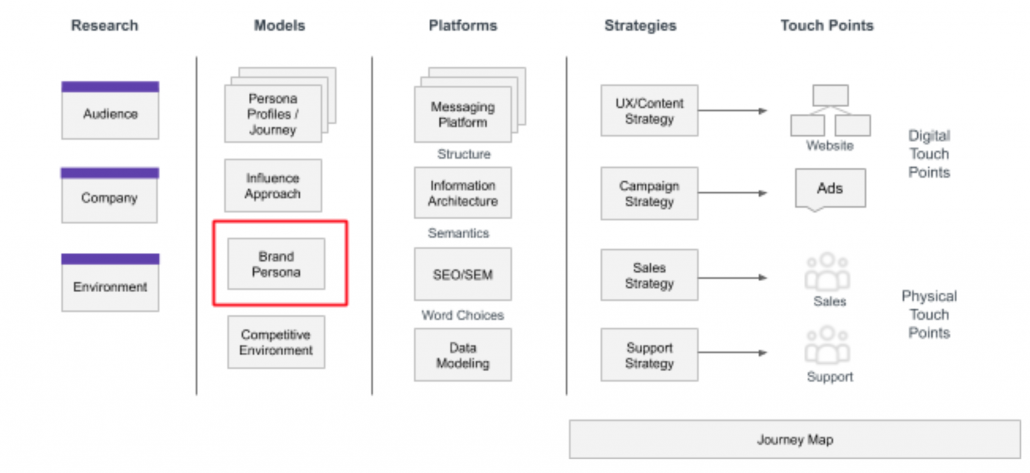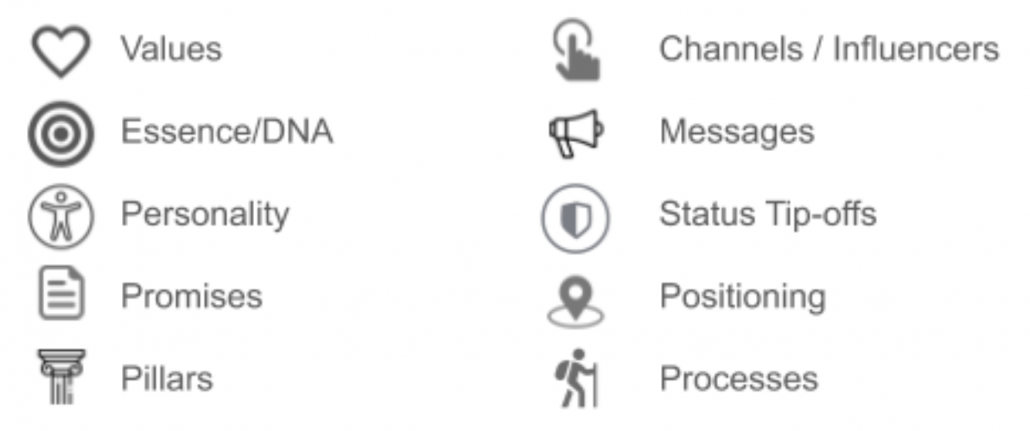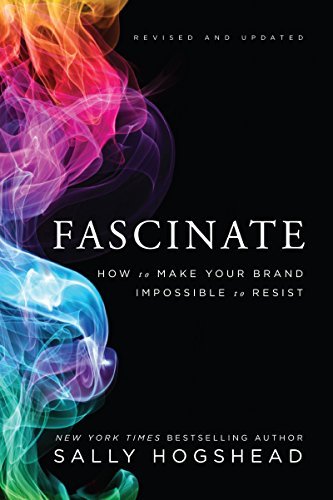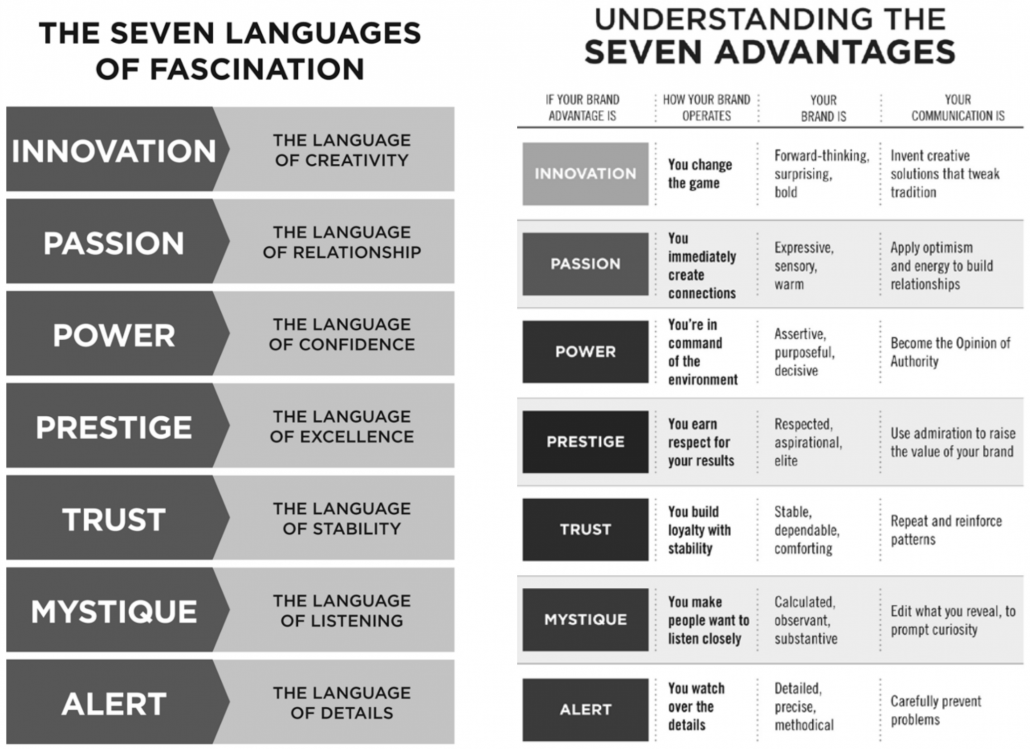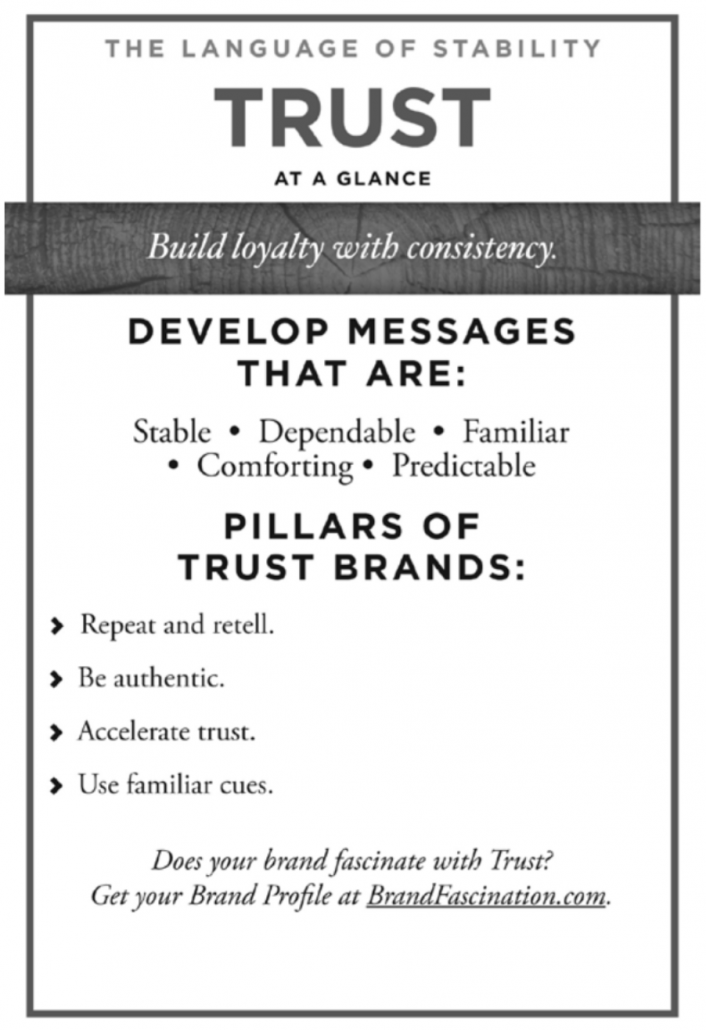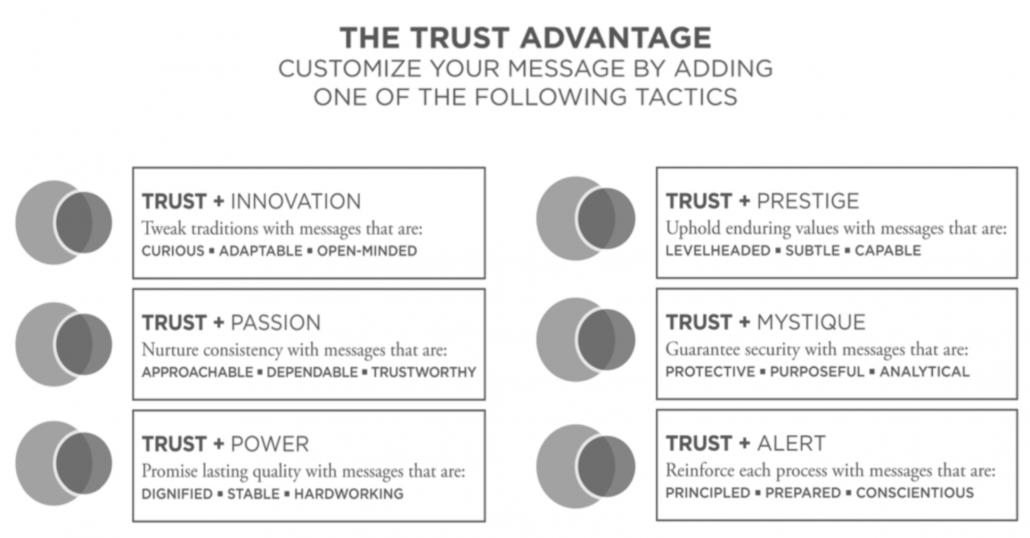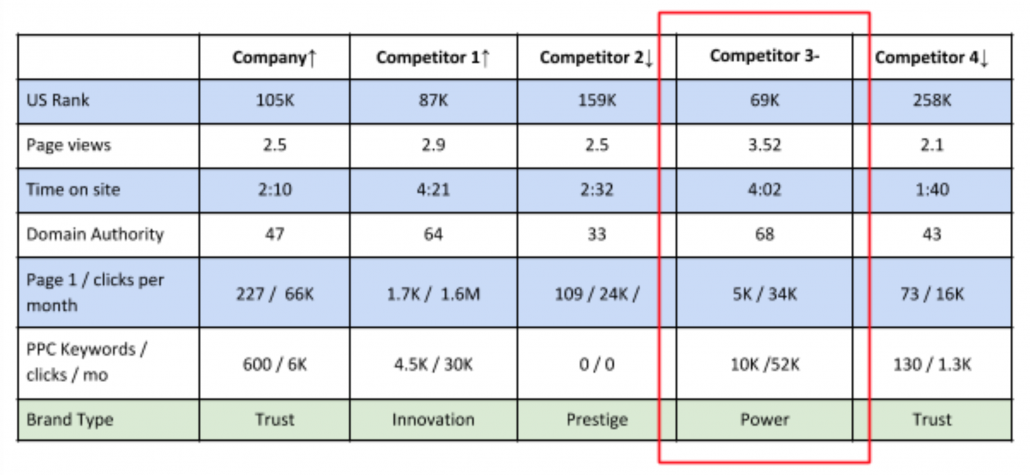Quick and Easy Brand Assessment
What to do when Brand Attributes are missing from your User Experience Strategy Project
By David Pfeiffer, Digital and UX Strategist
Missing Brand Attributes
When starting up a new website or digital transformation discovery process, I always request the company brand guide. More often than not, it contains logo and style information, with little brand language or messaging platform information. Sometimes the company has some standard language for various marketing/sales campaign scenarios. This gap leaves out an important component of the overall User Experience Strategy development because the brand persona is not defined.
User Experience Strategy Development process (left to right)
